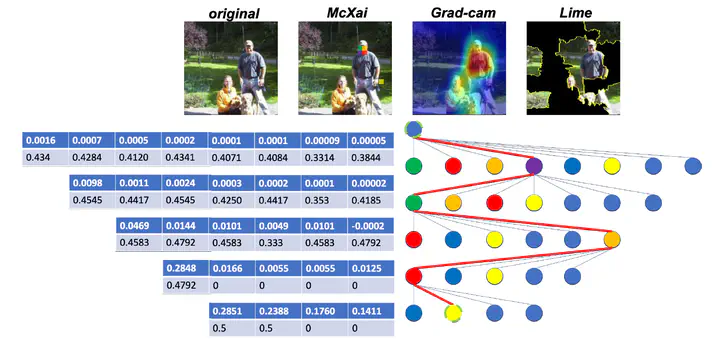McXai: Local Model-Agnostic Explanation As Two Games
 Image credit: Unsplash
Image credit: UnsplashAbstract
To this day, various approaches for providing local explanation of black box machine learning models have been introduced. Despite these efforts, existing methods suffer from deficiencies such as being difficult to comprehend, only considering one feature at a time and disregarding inter-feature dependencies, lacking meaningful values for each feature, or only highlighting features that support the model’s decision. To overcome these drawbacks, this study presents a new approach to explain the predictions of any black box classifier, called Monte Carlo tree search for eXplainable Artificial Intelligence (McXai). It employs a reinforcement learning strategy and models the explanation generation as two distinct games. In the first game, the objective is to identify feature sets that support the model’s decision, while in the second game, the aim is to find feature sets that lead to alternative decisions. The output is a human-friendly representation in the form of a tree structure, where each node represents a set of features to be examined, with less specific interpretations at the top of the tree. Our experiments demonstrate that the features identified by McXai are more insightful with regard to the classifications compared to traditional algorithm like LIME and Gram-cam. Furthermore, the ability to identify misleading features provides guidance towards improved robustness of the black box classifier.
Add the publication’s full text or supplementary notes here. You can use rich formatting such as including code, math, and images.